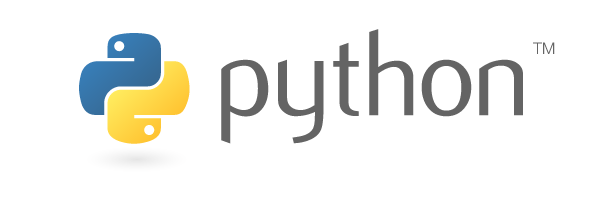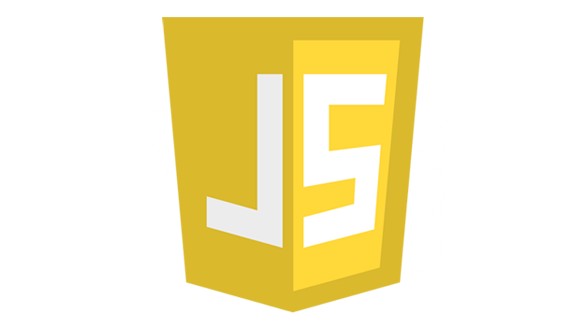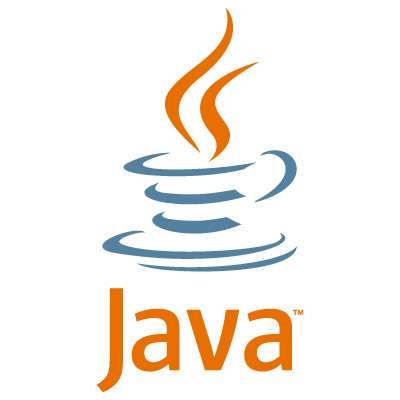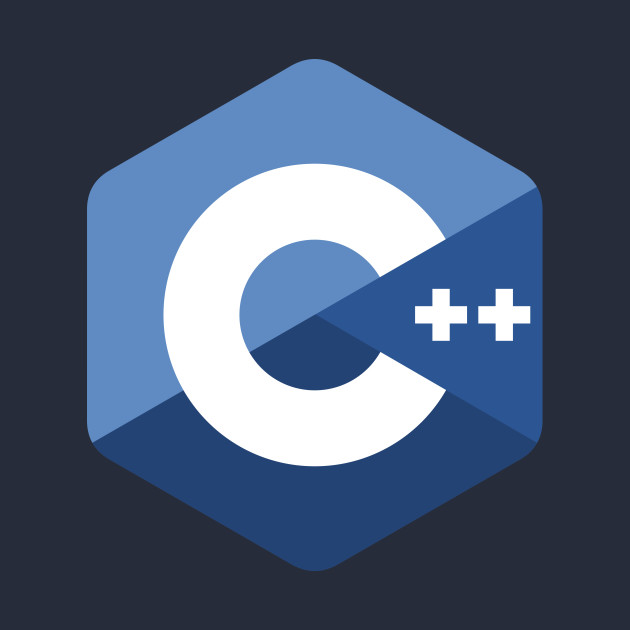With hundreds of use cases from cloud computing to machine learning, data science is the new Programming field of the future. Thousands of aspiring individuals are looking to join this field. To help you cut the line, Here are the top 10 programming languages for Big data projects in 2022.
Top Programming languages for Data Science Projects
1. Python
Python is one of the most vital tools for Data science and for the analysis of Big data. It is the go-to programming language for Big data due to its object-oriented nature, ease of use, and extremely developer-friendliness thanks to its high code readability. It also has excellent compatibility with powerful data science libraries such as Keras, Scikit-Learn, matplotlib, TensorFlow, and more. Python is open-sourced with a strong community, making it the most beloved programming language for Big data.
2. JavaScript
JavaScrip is one of the core programming languages for the World Wide Web. It is, as the name suggests, a scripting language that allows a programmer to implement dynamic and complex features like interactive data visualizations, dynamically updating content, and many more; onto Websites. It’s used in 97% of all websites on the World Wide Web. For Big data science Projects, JavaScript is easy to learn, supports machine learning libraries like tensorflow.js and keras.js, etc, and allows programmers to create visualized data analysis for a better understanding of Big datasets. JavaScript is one of the most popular languages according to GitHub repositories contributions.
3. Java
Java is an old programming language but age comes with reliability and stability with excellent integration with enterprise-level tools. Java now has tools for data science applications like Hadoop, Spark, Hive, Scala, and Fink. Java offers several IDE’s for rapid application development, making it the preferred choice for developers to write code due to its high scalability and flexible nature providing a safe development environment for data analysis, machine learning, data mining, and much more.
4. R
Also known as R programming, is an Open-source software, effective at handling the statistical analysis and graphics side of data analysis in data science. Time series analysis, clustering, statistical tests, linear and non-linear modeling are just some of the many statistical computing and analysis features provided by R programming.
5. C/C++
C/C++ is one of the earliest programming languages and hence the most complicated & low-level language on this list. It is one of the most powerful programming languages for Big data projects, with its ability to process large amounts of data, more than 1gb/s in real-time, and deliver better-optimized results comparatively faster than other programming languages due to its efficient nature. Increasingly C/C++ is being used to build core codebases of tools, like Tensorflow and R, for use in Data Science.
6. Scala
Scala is an Open-source, high-level scalable programming language for Big data that runs on Java virtual machine and can make Java more efficient at Data analysis. Scala has underlying support for cryptocurrency making it the ideal choice for building high-performing data analysis frameworks. It is supported by most IDE’s like IntelliJ IDEA, VS Code, Vim, Atom, Sublime Text, etc, and since it’s an open-source programming language it has a strong community supporting scala’s development.
7. SQL
SQL or structured query languages is a well-known programming language for programming and data science applications. SQL allows a developer to connect and extract from a database, perform key API with the use of large pools of data. Though SQL has a large number of applications, features like its Non-procedural nature, excellent integration with other programming languages, provide immense help in effectively managing unstructured data, and allows smoother management of Big data clusters make SQL a good programming language for data science projects.
8. MATLAB
Matlab is a programming and numeric computing platform used to analyze data, develop algorithms and create models. It is a proprietary multi-paradigm programming language and numeric computing environment developed by MathWorks. With MATLAB, complex mathematical and statistical problems can be solved with relative ease and contain tools to carry out matrix manipulation of data, & function plotting of functions and data, and much more. It is the ideal tool for mathematical applications of data science
9. Julia
Julia is a high-level, high-performance, dynamic-typed multi-purpose programming language, which can perform exceptional numerical analysis and computational scientific analysis. It’s primarily used for time-series analysis, space-mission planning, and detailed risk analysis. It also provides built-in data visualization tools.
10. SAS
SAS or Statistical Analytical System is an industrial-grade software environment used for statistical, predictive, and advanced analysis. It can perform statistical modeling that runs on the SAS environment. It is a closed-source proprietary tool that offers a wide variety of statistical capabilities to perform complex modeling. It is a high-level data science tool known for its stability and efficiency. This language is not usually preferred by beginner or intermediate developers and is generally used in large enterprises and organizations The domain of data science is vast and can be tackled from many different angles. The programming languages in the list will offer you faster and better results when compared to others. Learn one of these languages and start your journey as a budding data scientist.



![]()




